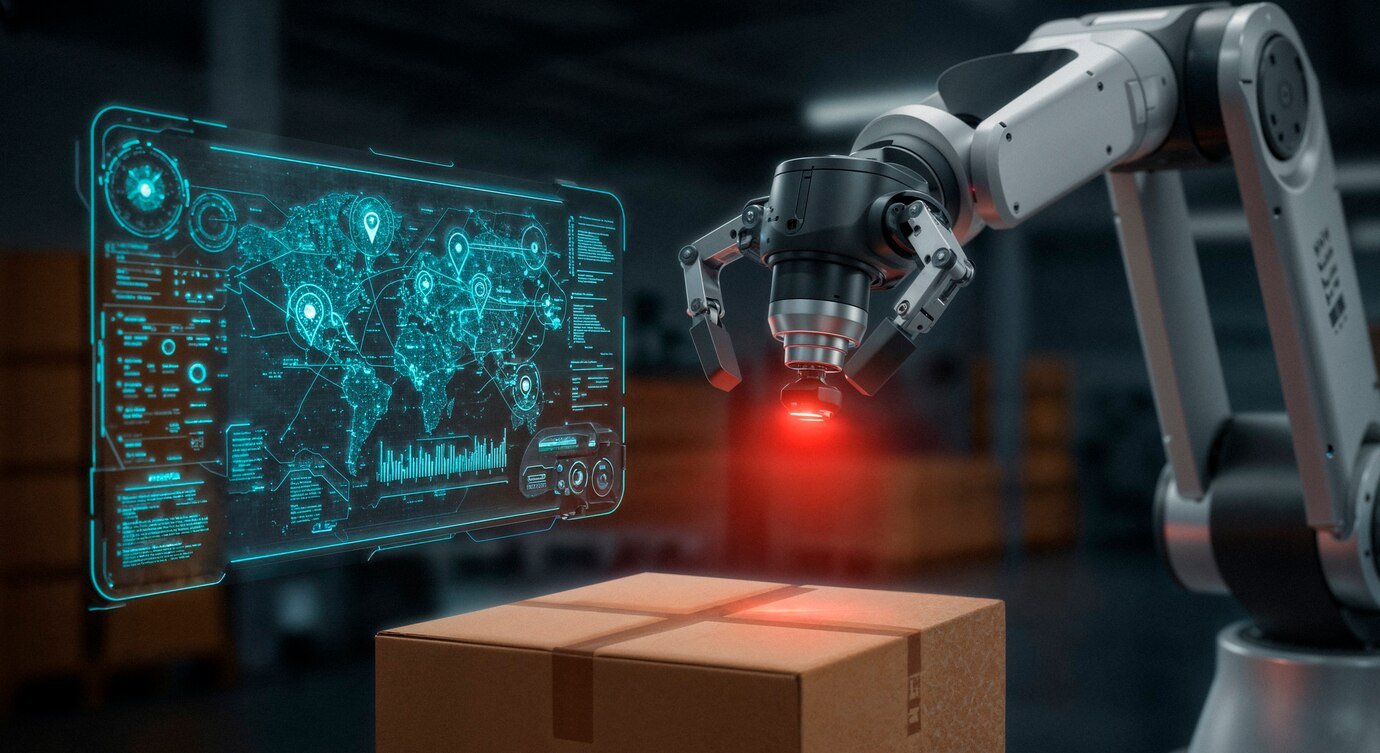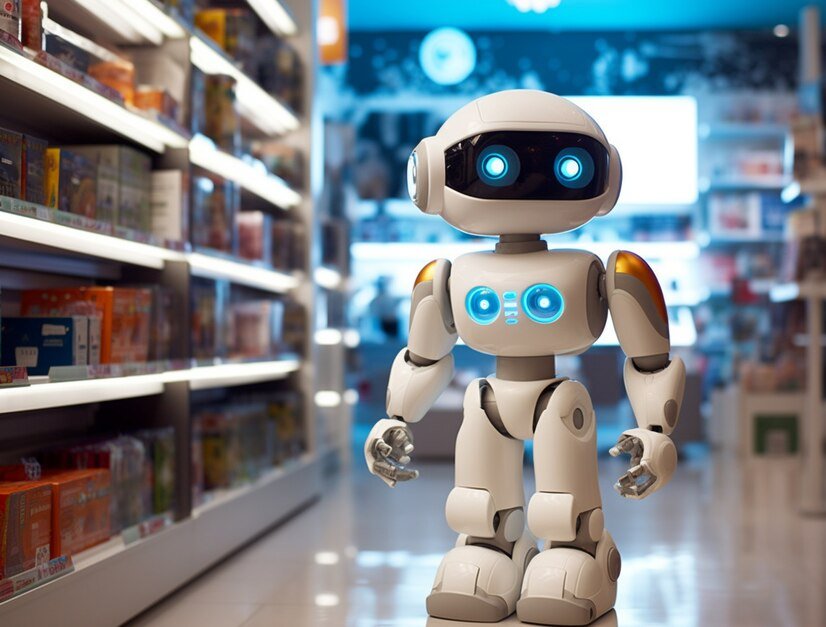Executive Summary
In today’s fast-paced digital landscape, enterprises must continuously innovate to maintain a competitive edge. Traditional products and systems, while effective, can become liabilities if they lack the flexibility to adapt to changing market demands. AI-driven product modernization offers enterprises a powerful approach to enhance their offerings, improve operational efficiency, and exceed customer expectations. By integrating artificial intelligence (AI) into legacy systems, companies can revitalize their products, unlocking new capabilities and positioning themselves for long-term growth.
This white paper explores the advantages of AI-driven product modernization, key technologies and strategies, and best practices for successful implementation.





